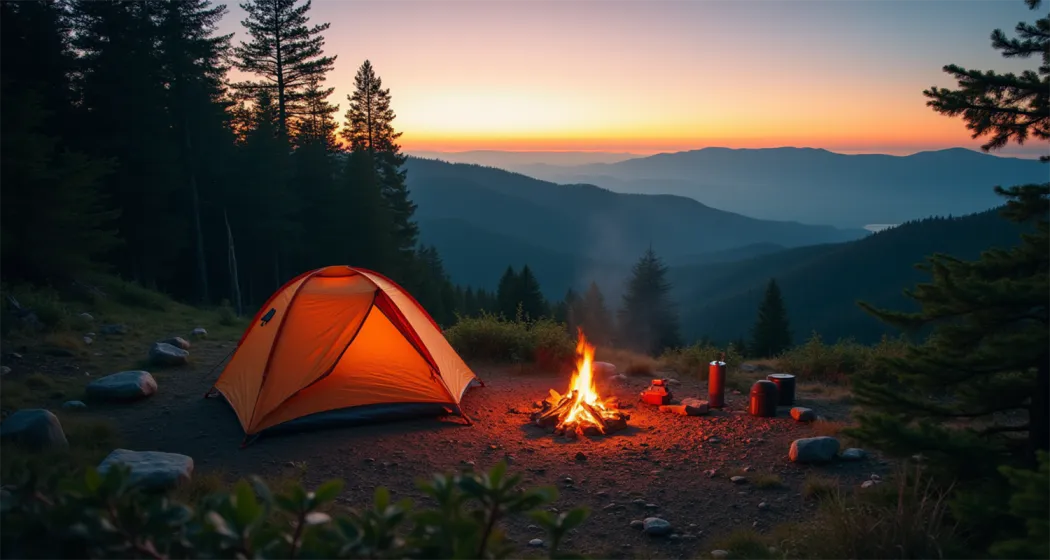
What to Pack for Camping: 21 Essentials for a Perfect Outdoor Getaway
Imagine this: You’re waking up on a crisp Saturday morning in the heart of a lush, green forest. The sound of chirping birds fills the air as a gentle breeze rustles the leaves. You unzip your tent, ready to embrace the day only to realize you forgot your cooking gear and first aid kit. Suddenly, what began as a serene escape into nature turns into a stressful scramble. Knowing what to pack for camping is essential to avoid such mishaps.
Packing for a camping trip can make or break your experience. With this guide, you’ll avoid those pitfalls. Whether you’re a seasoned camper or embarking on your first outdoor adventure, this comprehensive list of 21 essentials will ensure a smooth, safe, and enjoyable trip.
What to Pack for Camping : Shelter and Sleeping Essentials
The first priority for any camping trip is ensuring you have a secure and comfortable place to rest. Here’s what you’ll need:
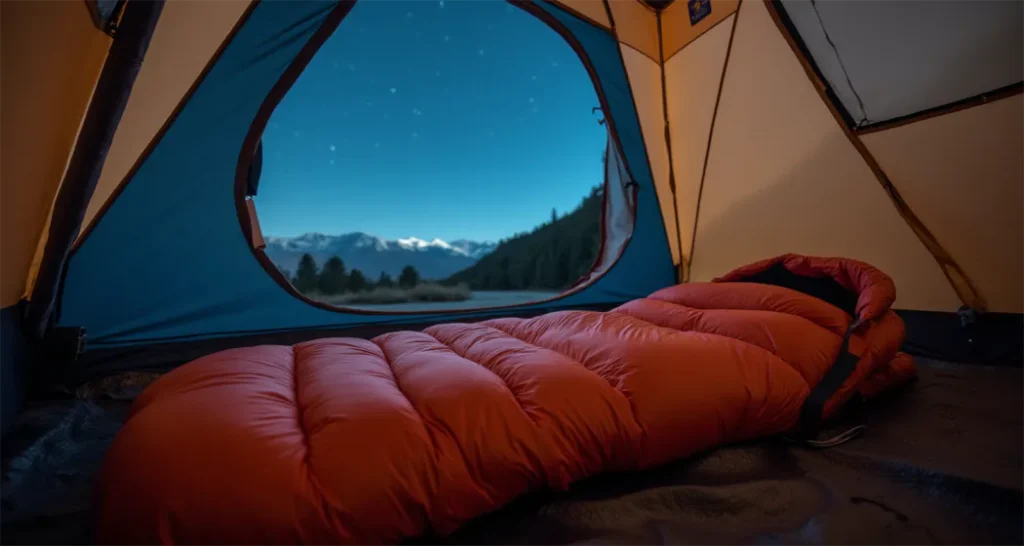
Tent
Your tent is your home away from home. Choose a size that fits your group and consider the environment you’ll be camping in. Look for weatherproof materials, easy setup, and adequate ventilation. For rainy or windy conditions, a durable rainfly and sturdy poles are essential.
Sleeping Bag
A high-quality sleeping bag tailored to the season is vital. During summer camping, opt for a sleeping bag designed with lightweight and breathable materials to keep you cool and comfortable. For colder seasons, opt for insulated, temperature-rated options to keep you warm on chilly nights.
Sleeping Pad or Air Mattress
After a full day of hiking or exploring, having the right gear ensures much-needed comfort and relaxation. Sleeping pads and air mattresses ensure comfort by offering padding and a barrier against the cold, hard ground. Compact options are ideal for backpackers, while thicker models suit car campers.
Tarp or Ground Cover
A tarp placed under your tent protects it from sharp objects, moisture, and wear. It’s an inexpensive way to prolong your tent’s life and ensure a dry, comfortable sleeping space.
Pillow or Travel Cushion
A small, packable pillow or cushion can make a big difference in your sleep quality. Choose one that’s lightweight and compressible for easy packing.
Camp Lantern
A lantern brightens up your camping space and makes nighttime activities easier. Opt for rechargeable or battery-operated models with adjustable brightness settings.
Tent Repair Kit
Unexpected damage can happen to your tent. A small repair kit with patches, duct tape, and spare poles can save your trip from disaster.
Sleeping Bag Liner
A sleeping bag liner adds extra warmth and keeps your bag cleaner. It’s lightweight and easy to pack, making it a great addition for all-season campers.
Footprint for Tent
A footprint designed for your tent model adds extra protection to the bottom, preventing tears and improving waterproofing.
Hammock
For those who enjoy lounging or napping outdoors, a lightweight, portable hammock is a great addition. Some models even double as sleeping options for minimalist campers.
Weather Radio
Stay updated on weather conditions with a compact, battery-powered weather radio. Some models include solar charging or hand cranks for added reliability.
What to Pack for Camping: Cooking and Food Supplies
Good food is the heart of any great camping trip. Here are the essentials to make outdoor cooking enjoyable and efficient:
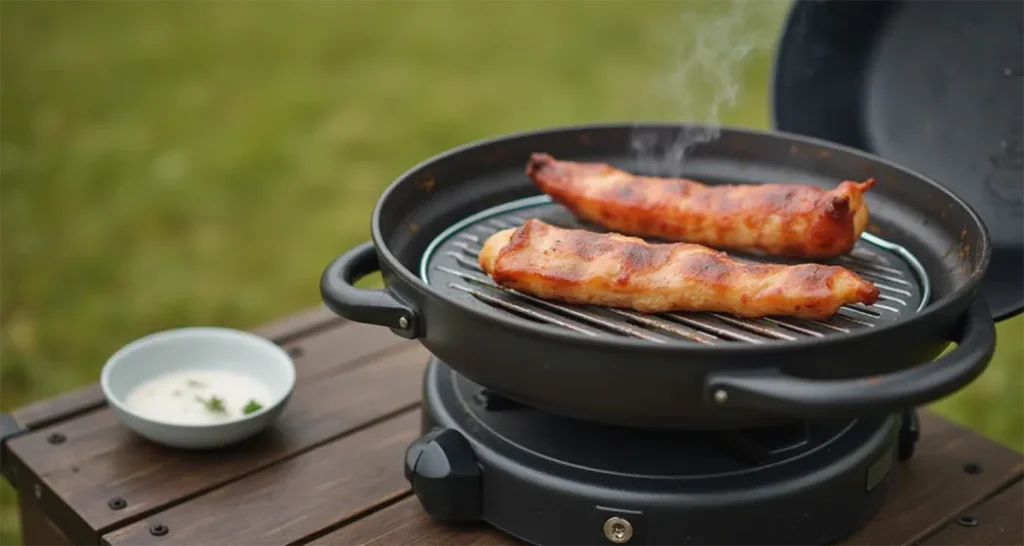
Camping Stove or Portable Grill
While cooking over an open fire is an option, a camping stove or grill offers reliability and control. Look for lightweight, fuel-efficient models that are easy to carry.
Cookware
Invest in durable, multi-use pots and pans. Consider collapsible or nesting cookware to save space. Don’t forget utensils like spatulas and serving spoons.
Non-Perishable Food
Pack lightweight, easy-to-prepare food like canned goods, pasta, or freeze-dried meals. Trail mix, granola bars, and jerky are great snacks for on-the-go energy.
Reusable Plates and Utensils
Eco-friendly options like stainless steel or BPA-free plastic plates and utensils reduce waste and are easy to clean.
Cooler and Ice Packs
For fresh items like vegetables, meat, or dairy, a cooler is essential. Choose a size that fits your needs and pack it efficiently to keep items cold longer.
Portable Coffee Maker
For coffee lovers, a portable coffee maker can be a game-changer. Options like French presses or pour-over kits are lightweight and easy to use.
Spice Kit
Elevate your meals with a compact spice kit. Include essentials like salt, pepper, garlic powder, and other favorites to make your dishes flavorful.
Cooking Oil or Spray
Pack a small bottle of cooking oil or spray for easy meal preparation. Choose leak-proof containers to prevent spills.
Cutting Board and Knife
A lightweight, compact cutting board and a sturdy camping knife make food prep convenient and safe.
Dishwashing Supplies
Bring biodegradable soap, a sponge, and a collapsible sink or basin for cleaning cookware and utensils efficiently.
What to Pack for Camping: Clothing and Footwear
Dressing appropriately can keep you comfortable and safe, no matter the weather.
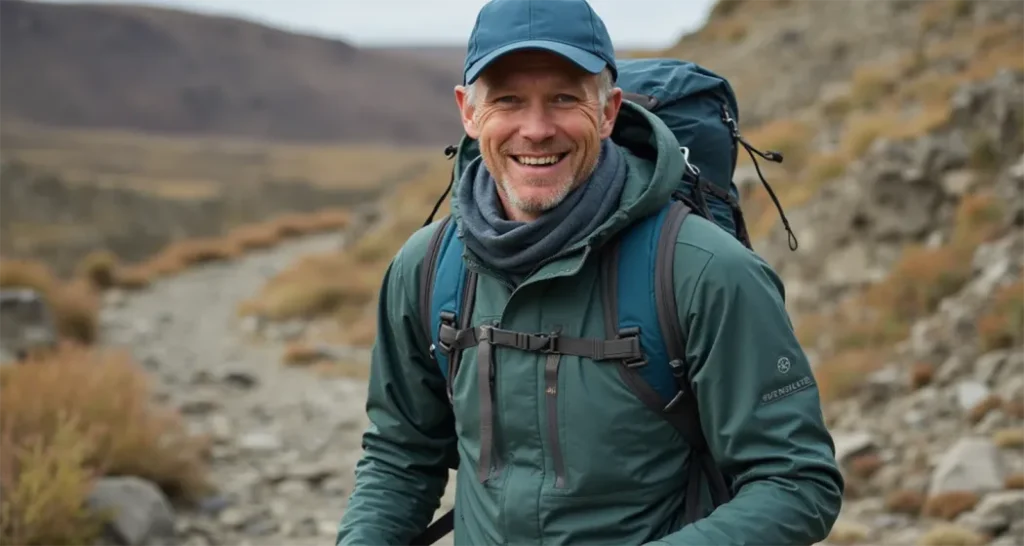
Layered Clothing
Layering is the golden rule for outdoor adventures. Start with moisture-wicking base layers, add insulating mid-layers, and finish with a waterproof or windproof outer layer.
Hiking Boots or Sturdy Shoes
Your footwear should match the terrain. Choose well-fitted, waterproof hiking boots for rugged trails, and break them in before your trip to avoid blisters.
Rain Gear
Rain jackets, ponchos, and waterproof pants can save the day if the weather takes a turn. Opt for lightweight, packable gear.
uick-Dry Clothing
Steer clear of cotton clothing since it retains moisture and dries slowly, which can leave you feeling uncomfortable. Synthetic or wool fabrics wick away sweat and dry quickly.
Accessories
Pack a wide-brimmed hat for sun protection, gloves for cooler weather, and thermal socks for added comfort.
Insulated Jacket
An insulated jacket is essential for keeping warm during chilly mornings or evenings. Choose a lightweight option that packs easily.
Gaiters
Gaiters protect your lower legs and shoes from mud, debris, and water, making them a great addition for wet or rugged trails.
Base Layer Tights
Base layer tights provide extra warmth and comfort during cold-weather camping or high-altitude trips. Look for moisture-wicking and stretchy materials.
What to Pack for Camping : Safety and First Aid
Accidents happen, and being prepared ensures small issues don’t ruin your trip.
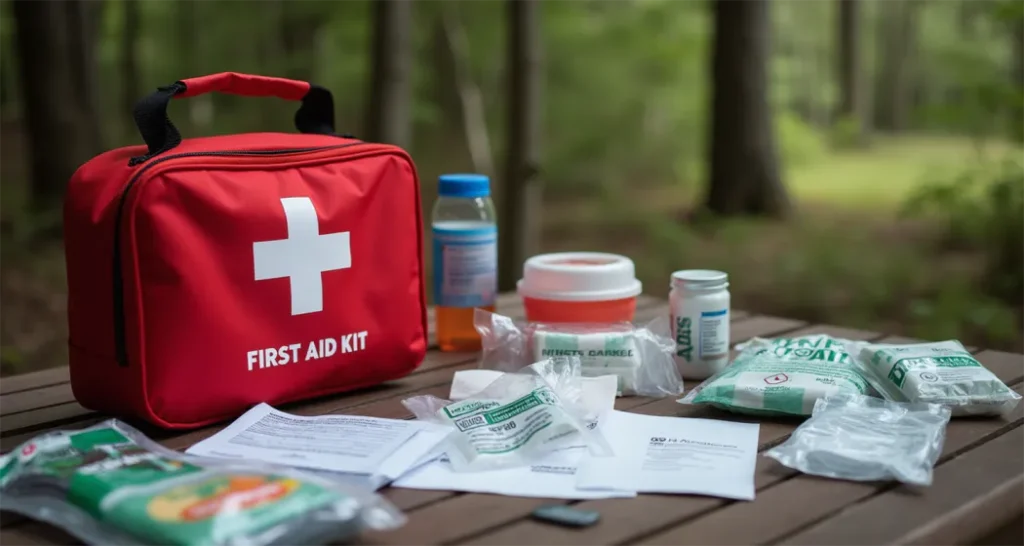
First Aid Kit
Your kit should include adhesive bandages, antiseptic wipes, pain relievers, tweezers, and any personal medications. Add insect bite relief and blister pads for extra precaution.
Flashlights and Headlamps
Always bring reliable lighting with extra batteries. Headlamps are hands-free and particularly useful for setting up camp after dark.
Multi-Tool or Pocket Knife
This versatile tool can handle various tasks, from cutting rope to preparing food. Look for options with can openers and screwdrivers.
Fire Starters
Matches, lighters, or waterproof fire starters ensure you’re always ready for a campfire. Pack them in a waterproof container for extra safety.
Emergency Blanket
Compact and lightweight, emergency blankets reflect body heat to keep you warm in unexpected situations.
Whistle
A whistle can be a lifesaving tool for signaling for help in emergencies. Look for lightweight and durable models.
Paracord
A strong, versatile paracord can assist in a variety of tasks, from setting up tarps to repairing gear.
Personal Locator Beacon (PLB)
For remote or challenging terrain, a PLB ensures you can send an emergency distress signal if needed.
What to Pack for Camping : Personal and Hygiene Items
Staying clean and fresh in the wild is easier with these essentials:
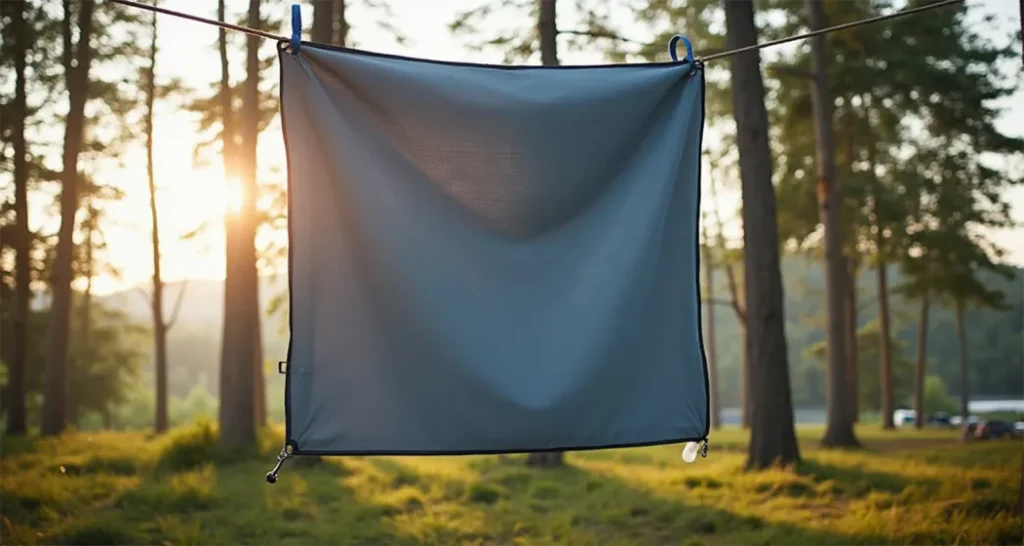
Toiletries
Pack biodegradable soap, toothpaste, toothbrush, and deodorant. Small bottles save space and weight.
Towels and Washcloths
Choose quick-dry microfiber towels. They’re compact and efficient for both personal hygiene and cleaning gear.
Sunscreen and Insect Repellent
Protect yourself from sunburn and bug bites with high-SPF sunscreen and DEET-based or natural repellents.
Trash Bags
Leave no trace by packing out all trash. Heavy-duty bags can double as waterproof storage for gear.
Toilet Paper or Wipes
Bring biodegradable options for environmentally friendly hygiene.
What to Pack for Camping : Miscellaneous Gear and Extras
Finally, these items can add convenience and fun to your trip:

Navigation Tools
Maps, compasses, or GPS devices help ensure you never lose your way. Learn how to use them before heading out.
Water Bottles and Filters
Hydration is critical. Pack refillable bottles and a portable filter or purification tablets for clean drinking water.
Camping Chairs and Tables
Foldable, lightweight options provide comfort and convenience around the campfire.
Entertainment Items
Books, playing cards, or a portable speaker can keep downtime enjoyable.
Backpack or Duffel Bag
Pack efficiently with a durable, water-resistant bag that suits your trip’s length and terrain.
With this list, you’ll be well-prepared for your camping adventure. From shelter and safety to cooking and comfort, packing these essentials ensures a stress-free and enjoyable trip. Remember, preparation is the key to an unforgettable outdoor getaway.
Now it’s time to hit the trail! Share your own packing tips or ask questions in the comments below. Happy camping.
